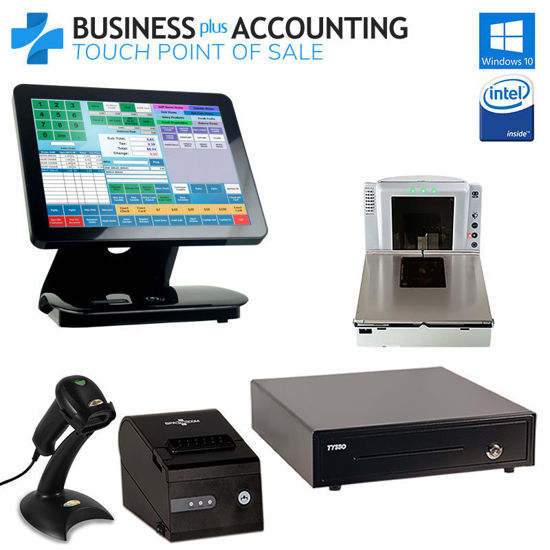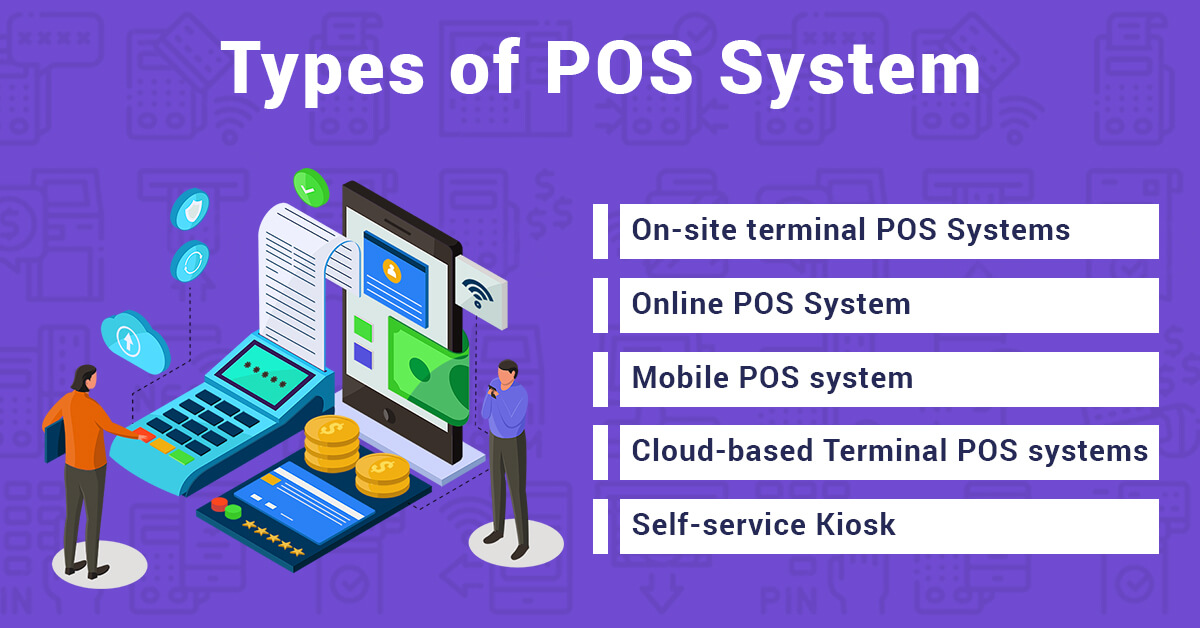Just How POS System Functions: A Comprehensive Guide for Entrepreneur

Understanding the Parts of a POS System

Just How Sales Deals Are Refined
When a consumer chooses to buy, the sales purchase starts a series of methodical steps within the POS system. The cashier inputs the products being bought, which are scanned via a barcode reader or manually gotten in. This activity retrieves item details, including prices and relevant taxes, from the system's database.Next, the consumer is presented with the overall quantity due. The POS system after that refines the payment, whether via cash, bank card, or mobile settlement approaches (Restaurant POS Software). For digital repayments, the POS safely communicates with repayment processors to license and validate the transaction.Once the payment is confirmed, the system generates a receipt, which can be published or sent out digitally. This receipt offers as receipt for the client. Lastly, the purchase data is videotaped in the system, ensuring exact sales records and economic tracking for the business
Stock Monitoring and Monitoring

Efficient inventory administration and tracking are essential components of a POS system, as they ensure that organizations keep ideal supply levels and reduce disparities. A robust POS system permits real-time inventory updates, showing returns and sales immediately. This makes it possible for local business owner to check stock degrees precisely, making certain that popular items are readily offered while preventing overstocking of less popular products.Additionally, progressed POS systems provide functions such as computerized stock informs and reorder tips, streamlining the procurement procedure. Barcoding and RFID technology boost precision in tracking inventory activity, reducing human mistake. Considerable reporting tools give understandings into stock turnover prices, helping services make notified decisions regarding buying and product offerings. Ultimately, efficient stock management through a POS system not only boosts operational effectiveness however also enhances consumer complete satisfaction by making certain product availability.
Evaluating Consumer Data and Insights
Client data evaluation works as a powerful device for services using a POS system (Restaurant POS Software). By collecting and checking out deal data, services can reveal useful understandings about customer actions and preferences. This evaluation allows them to determine acquiring fads, peak buying times, and popular items, thereby informing stock choices and marketing strategies.Additionally, organizations can section their client base, permitting customized marketing efforts that deal with specific demographics or acquiring practices. Comprehending consumer commitment patterns also aids in developing targeted rewards and promos programs.The data gleaned from a POS system can also reveal insights into client comments, allowing businesses to make informed decisions pertaining to item offerings and solution enhancements. Ultimately, leveraging internet customer data successfully can boost the total purchasing experience, foster client fulfillment, and drive revenue development
Advantages of Executing a POS System

Often Asked Concerns
What Kinds of Businesses Can Take Advantage Of a POS System?
Various services benefit from a POS system, including stores, restaurants, beauty salons, and shopping systems. These systems enhance transactions, supply administration, and customer information, improving operational performance and improving customer experience throughout diverse industries.
Just how Much Does a POS System Typically Price?
The price of a POS system typically varies from a couple of hundred to numerous thousand dollars, depending upon features, hardware, and software program. Services need to think about ongoing charges for support, upkeep, and transaction handling when budgeting.
Can I Incorporate a POS System With Existing Software Application?
Incorporating a POS system with existing software application is frequently feasible. Several systems supply APIs or integrated compatibility attributes, permitting businesses to streamline procedures and boost capability by attaching numerous software program applications successfully.
What Training Is Needed for Personnel to Utilize a POS System?
Training for staff to make use of a POS system generally includes understanding software program functionalities, refining transactions, managing inventory, and handling customer communications. Practical demonstrations and hands-on practice sessions enhance effectiveness and self-confidence being used the system successfully.
What Happens if the Net Goes Down While Making Use Of a POS System?
Deals might be disrupted if the web goes down during POS system usage. Numerous systems provide offline capabilities, allowing basic operations to proceed, however full capability, including real-time inventory updates, will certainly be limited. A Point of Sale (POS) system is composed of several key components that work with each other to help with deals and take care of organization operations. Efficient inventory administration and monitoring are necessary components of a POS system, as they ensure that organizations maintain excellent stock degrees and minimize inconsistencies. Customer information evaluation serves as an effective device for businesses using a POS system. Understanding client commitment patterns also assists in creating targeted promotions and benefits programs.The Your Domain Name data gleaned from a POS system can likewise reveal insights right into customer comments, making it possible for companies to make enlightened decisions regarding item offerings and solution enhancements. Executing a POS system uses various advantages that can greatly boost service procedures.